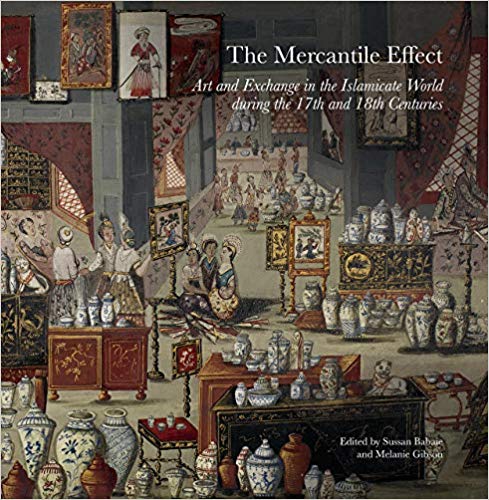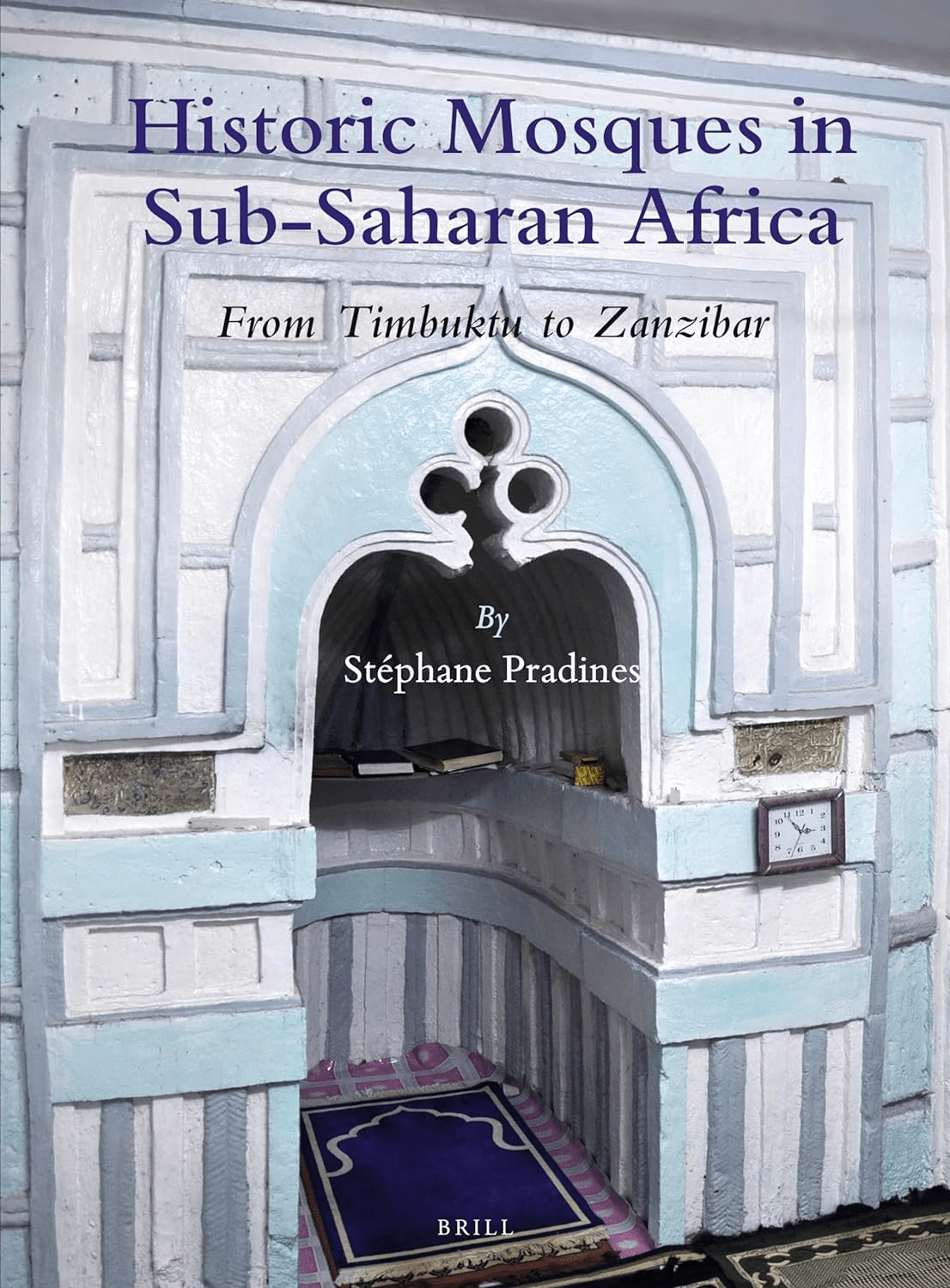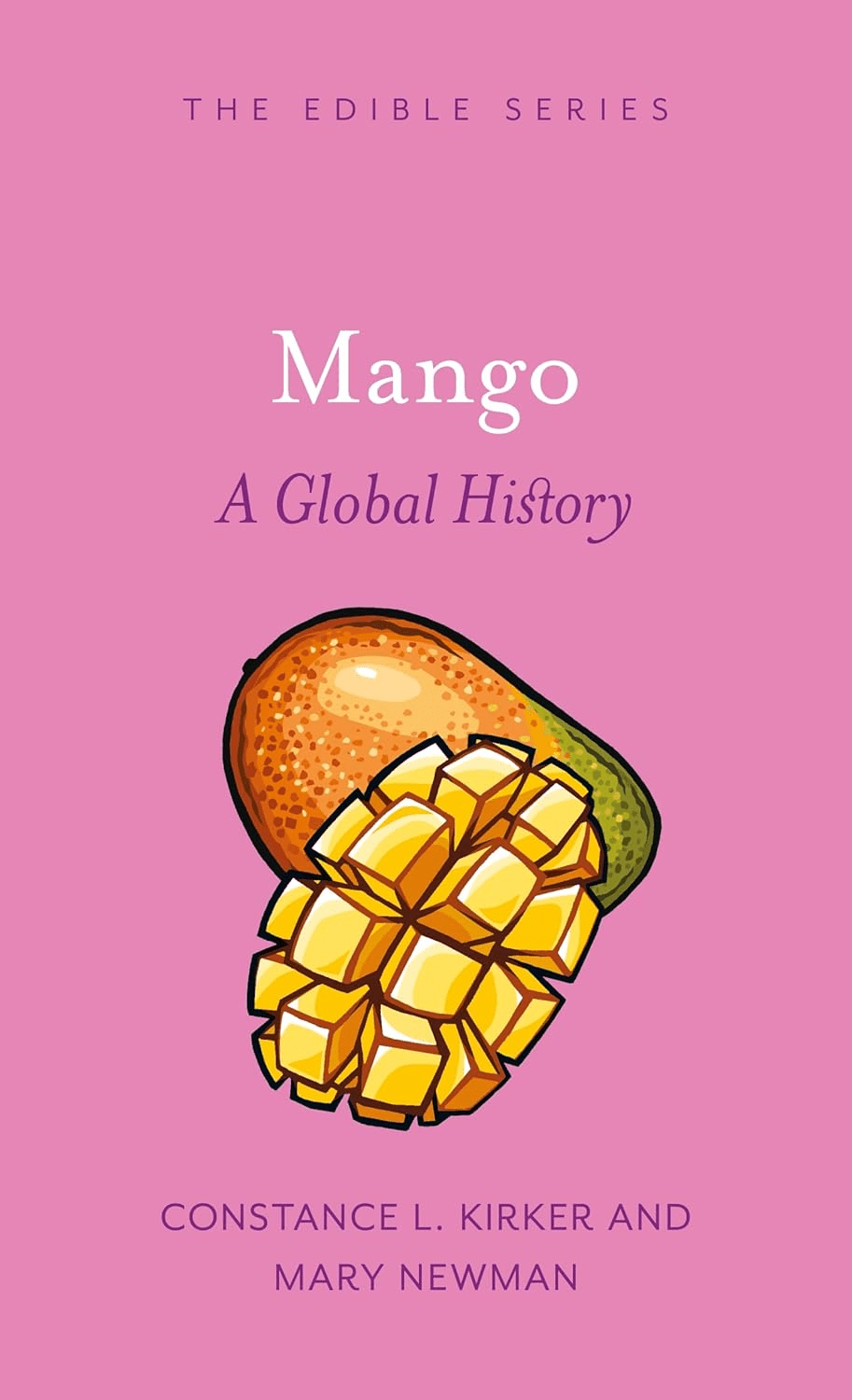
The Mercantile Effect: Art and Exchange in the Islamicate World during the 17th and 18th Centuries
Tom Verde
Susan Babaie and Melanie Gibson, eds.
2018, The Gingko Library, 978-1-90994-210-3, $59.95 cloth.
This colorfully illustrated volume of essays by art-history scholars examines the intersections of art and trade in the early modern era, when Europe’s taste for goods from the “Islamicate world” (a term coined by historian Marshall Hodgson) impacted art and material culture on both ends of the trade routes. A 17th-century painted fan from Holland depicting the interior of an imaginary Asian merchant’s shop, replete with Indian and Persian customers, “visualises the fluid movement of objects and people” at the time. A “costume album” from Turkey illustrating various members of Ottoman society in typical outfits was among the “popular souvenirs for European travelers,” revealing how Ottomans saw themselves and how they wished to be seen. From decoratively designed porcelain and pocket watches, to the adoption of “themes and motifs from Ottoman art” in eastern Orthodox ecclesiastical textiles, this informative collection of essays explores how the “irresistible quest for new markets” established “connectivity” between the two cultures that “transcend[ed] barriers.”
You may also be interested in...

Historic Mosques in Sub-Saharan Africa
From Mali to Tanzania, historian Stéphane Pradines traces a thousand years of Islamic architecture that forces us to rethink what we know about Africa’s past.
Book ‘s Take on Mangos Serves Up a Curious Mix of Food and History
Constance L. Kirker and Mary Newman trace mango’s cultural and culinary significance around the world.